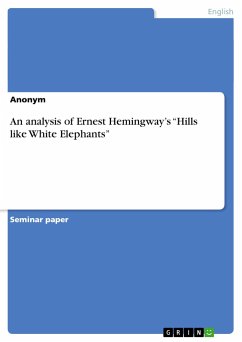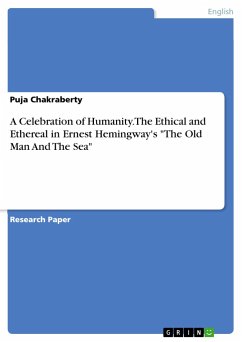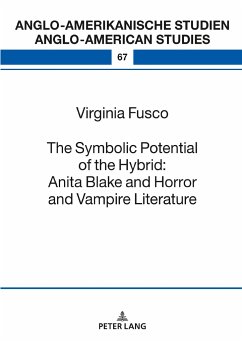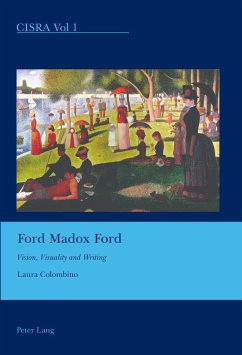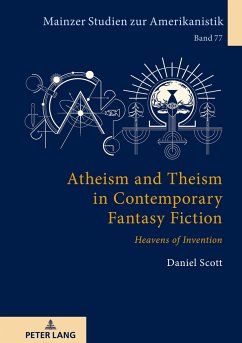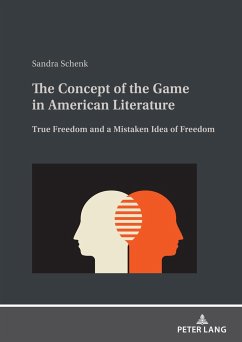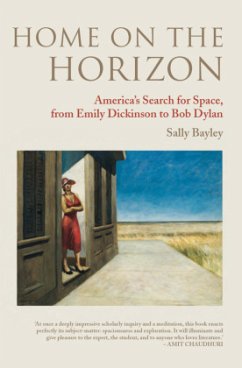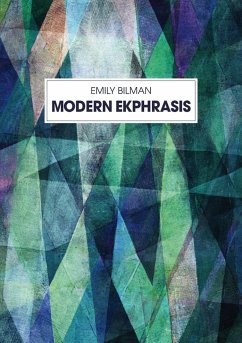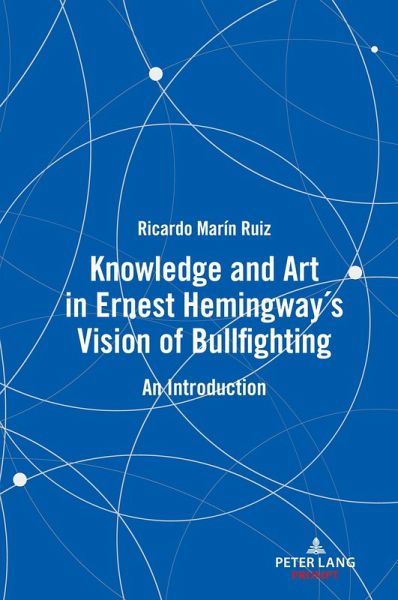
Knowledge and Art in Ernest Hemingway's Vision of Bullfighting
An Introduction
Versandkostenfrei!
Versandfertig in 6-10 Tagen
44,95 €
inkl. MwSt.

PAYBACK Punkte
0 °P sammeln!
The literary legacy of Ernest Hemingway is irredeemably linked to modern art and bullfighting. The American writer found in impressionism and cubism different pictorial techniques that he translated into narrative art. Bullfighting was one of the thematic cornerstones of his work and left an indelible print on his way of understanding life and death. The book connects these two important elements in Hemingway´s work, showing how he underlined certain aspects of bullfighting through the use of narrative strategies inspired in modern art. In this sense, it may be argued that Hemingway represent...
The literary legacy of Ernest Hemingway is irredeemably linked to modern art and bullfighting. The American writer found in impressionism and cubism different pictorial techniques that he translated into narrative art. Bullfighting was one of the thematic cornerstones of his work and left an indelible print on his way of understanding life and death. The book connects these two important elements in Hemingway´s work, showing how he underlined certain aspects of bullfighting through the use of narrative strategies inspired in modern art. In this sense, it may be argued that Hemingway represents the fiesta almost using brushstrokes instead of words. The book also deals with one key element in his portrait of bullfighting, knowledge, and this in a twofold sense: on the one hand, shedding light on how Hemingway started to understand this tradition, and, on the other, revealing its condition of source of prestige and survival



